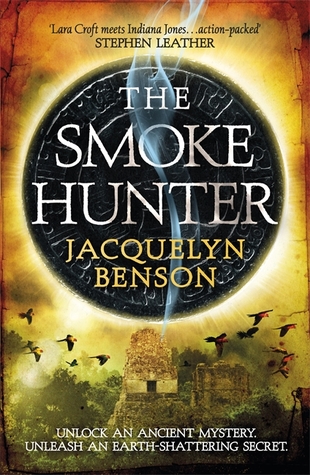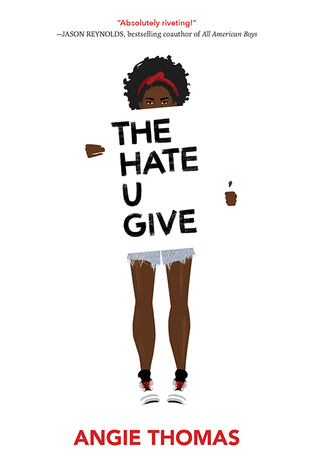
THE BLURB: "London, 1898. Archivist Eleanora Mallory discovers a map to a legendary city . But is it the key to unravelling an ancient mystery or a clever hoax?
"Compelled to find out, Ellie journeys to Central America - with a merciless enemy hot on her heels.
"In a race to uncover the map's secret first, Ellie is forced to partner with maverick archaeologist Adam Bates, a man she's not sure she can trust. Together, they venture into an uncharted wilderness alive with smoke and shadows, where an even greater danger awaits them.
"For what lies there whispering to be unearthed has the power to bring the world to its knees."
THE SCOOP: This book is charming and delightful--and it's not even YA! It's like a mash-up of the best parts of Romancing the Stone, Indiana Jones, and the Amelia Peabody books. The adventure is smart and fresh, I love enemies-to-friends romances, and the heroine is feisty, smart, and swashbuckling. I want ten more like this ASAP.
THE VERDICT: Take this on vacation. You're welcome.

































